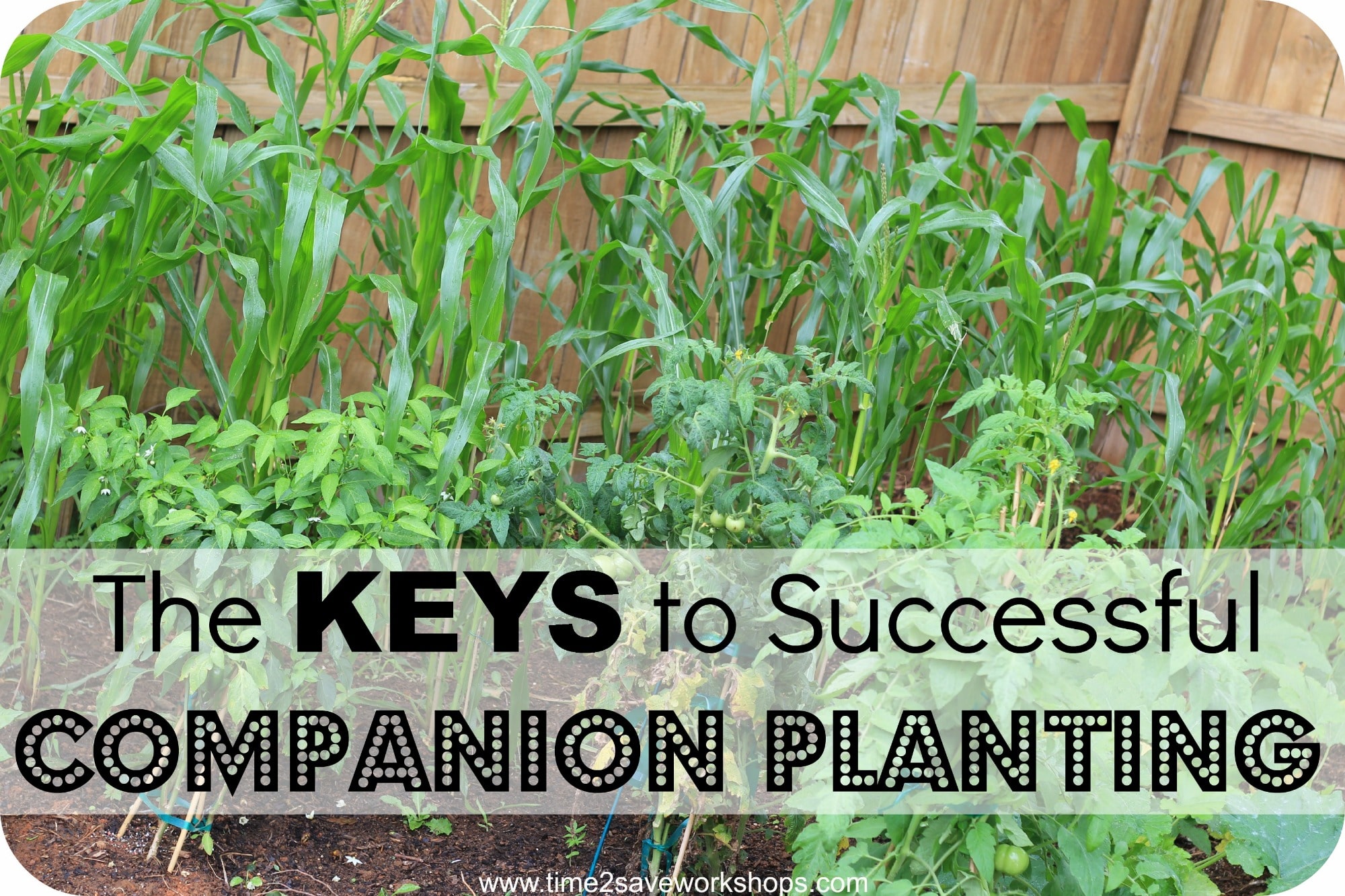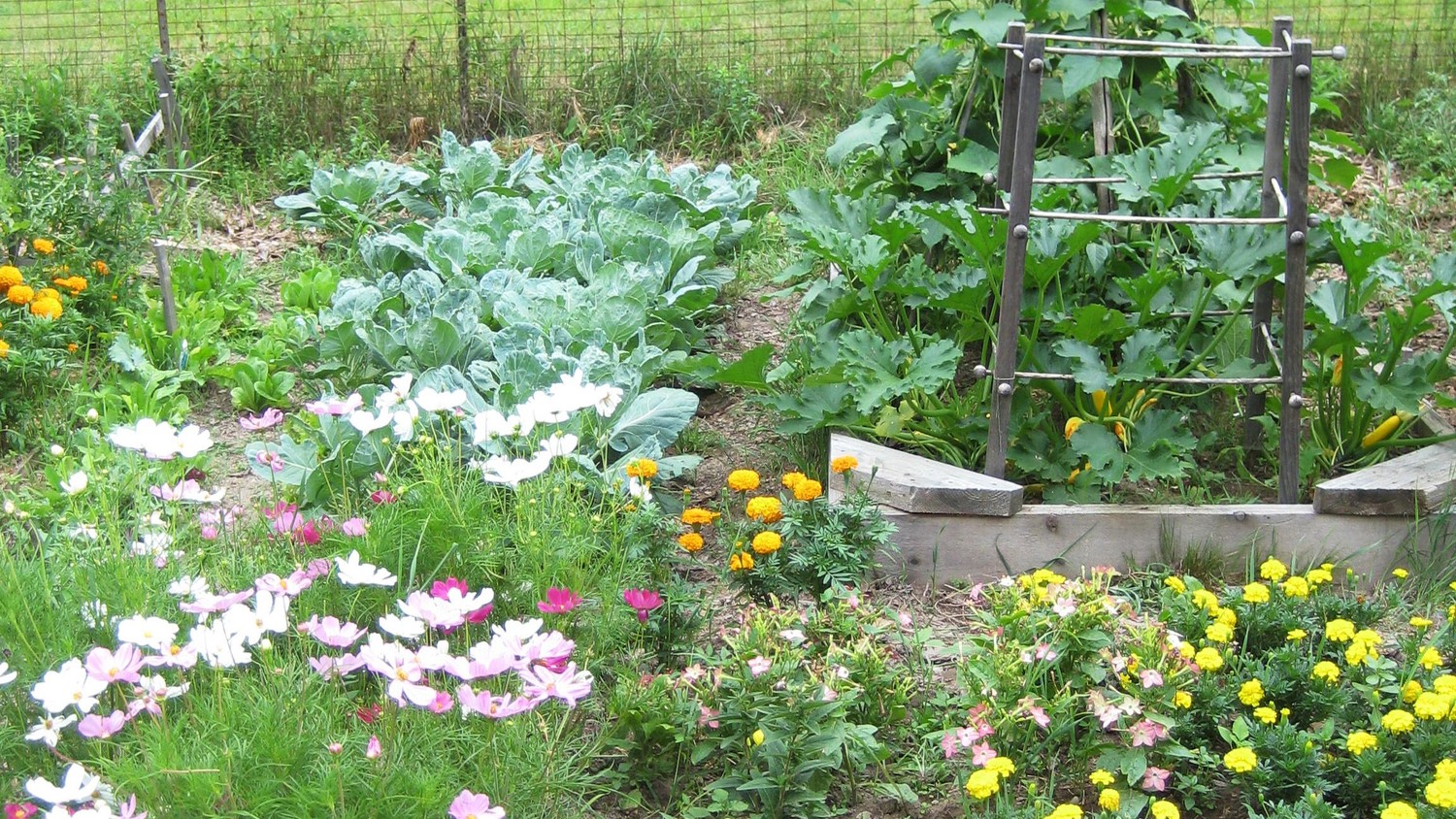How to Use Companion Planting for a Vegetable Garden

Imagine your vegetable garden as a bustling community where each plant plays a vital role in the ecosystem. Companion planting is the art of strategically placing different plants together to create a harmonious and productive garden. By leveraging the unique traits of various plants, you can enhance soil health, deter pests naturally, and boost the overall yield of your crops. Let’s dive into the fascinating world of companion planting and explore how you can transform your garden into a thriving, organic haven.
Understanding Companion Planting
Companion planting is a time-honored technique that harnesses the power of plant combinations to create a balanced and sustainable garden. It’s like having a team of superheroes, each with their own special abilities, working together to protect and nurture your vegetable patch. Whether you’re a seasoned gardener or just starting out, companion planting can significantly enhance your gardening experience.
Benefits of Companion Planting
Natural Pest Control: Some plants naturally repel pests, while others attract beneficial insects that prey on garden pests. For example, marigolds are known for their ability to deter nematodes, tiny worms that can damage plant roots.
Improved Soil Health: Certain plants, like legumes, fix nitrogen in the soil, making it more fertile for other plants. This symbiotic relationship ensures that your garden remains healthy and productive.
Enhanced Plant Growth: Some plants can improve the growth and flavor of their neighbors. For instance, basil is often planted near tomatoes to enhance their flavor and deter pests.
Efficient Use of Space: Companion planting allows you to maximize your garden space by interplanting different crops. This is particularly useful for small gardens or urban settings.
Planning Your Garden Layout
Before you start planting, it’s essential to plan your garden layout carefully. Think of it as designing a blueprint for a thriving community. Here are some tips to help you get started:
Choosing the Right Plant Combinations
Selecting the right plant combinations is crucial for successful companion planting. Here are some popular pairings:
- Tomatoes and Basil: Basil not only enhances the flavor of tomatoes but also repels pests like hornworms.
- Carrots and Onions: Onions deter carrot flies, while carrots repel onion maggots. It’s a win-win situation!
- Corn, Beans, and Squash: Known as the “Three Sisters,” this combination is a classic example of companion planting. Corn provides support for the beans, beans fix nitrogen in the soil, and squash acts as a living mulch, suppressing weeds and retaining moisture.
Designing Your Garden Layout
When designing your garden layout, consider the following factors:
- Sunlight Requirements: Ensure that taller plants do not shade out shorter ones. For example, plant tall crops like corn on the north side of your garden to avoid casting shadows on other plants.
- Water Needs: Group plants with similar water requirements together to optimize watering efficiency.
- Soil Conditions: Different plants have different soil preferences. Make sure to group plants with similar soil needs together.
Implementing Companion Planting
Now that you have a plan, it’s time to get your hands dirty and start planting. Here are some steps to guide you through the process:
Preparing Your Soil
Healthy soil is the foundation of a successful garden. Before planting, make sure to prepare your soil by adding compost and other organic matter. This will improve soil structure, drainage, and fertility.
Planting Your Crops
Follow your garden layout plan and start planting your crops. Remember to space them appropriately to allow for proper growth and air circulation.
Maintaining Your Garden
Regular maintenance is key to a thriving garden. This includes watering, weeding, and monitoring for pests and diseases. Companion planting can help reduce the need for chemical pesticides and fertilizers, making your garden more sustainable and eco-friendly.
Beneficial Plants for Your Garden
Certain plants are particularly beneficial for companion planting. Here are some of the top picks:
Marigolds
Marigolds are a gardener’s best friend. They contain a substance called thiopene, which helps deter nematodes and other pests. Plant marigolds around your vegetable garden to create a natural barrier against pests.
Nasturtiums
Nasturtiums are not only beautiful but also highly beneficial. They attract aphids, which can then be controlled by ladybugs and other beneficial insects. Additionally, nasturtiums are edible and can add a peppery flavor to salads.
Chives
Chives are known for their ability to repel aphids and improve the flavor of other plants. They are particularly beneficial when planted near carrots, tomatoes, and roses.
Natural Pest Control
One of the most significant advantages of companion planting is natural pest control. By strategically placing certain plants together, you can create a garden that is less susceptible to pests and diseases.
Attracting Beneficial Insects
Some plants attract beneficial insects that prey on garden pests. For example, dill and parsley attract ladybugs, which feed on aphids. Similarly, yarrow attracts predatory wasps that control caterpillars and other pests.
Repelling Pests
Certain plants have strong scents that repel pests. Mint, for instance, is known for its ability to deter ants and rodents. Planting mint around your garden can help keep these pests at bay.
Conclusion
Companion planting is a powerful tool for creating a healthy, productive, and sustainable vegetable garden. By strategically placing different plants together, you can enhance soil health, deter pests naturally, and boost the overall yield of your crops. Whether you’re a seasoned gardener or just starting out, companion planting can transform your garden into a thriving, organic haven. So, why not give it a try and see the difference it can make?
FAQs
What are the best plant combinations for companion planting? Some of the best plant combinations include tomatoes and basil, carrots and onions, and the “Three Sisters” combination of corn, beans, and squash.
How does companion planting help with pest control? Companion planting helps with pest control by attracting beneficial insects that prey on garden pests and by repelling pests with strong scents.
What are some beneficial plants for a vegetable garden? Beneficial plants for a vegetable garden include marigolds, nasturtiums, chives, dill, parsley, and yarrow.
How do I plan my garden layout for companion planting? When planning your garden layout, consider sunlight requirements, water needs, and soil conditions. Group plants with similar needs together and ensure that taller plants do not shade out shorter ones.
Can companion planting improve soil health? Yes, companion planting can improve soil health by fixing nitrogen in the soil, improving soil structure, and enhancing fertility.


0 Response to "How to Use Companion Planting for a Vegetable Garden"
Post a Comment